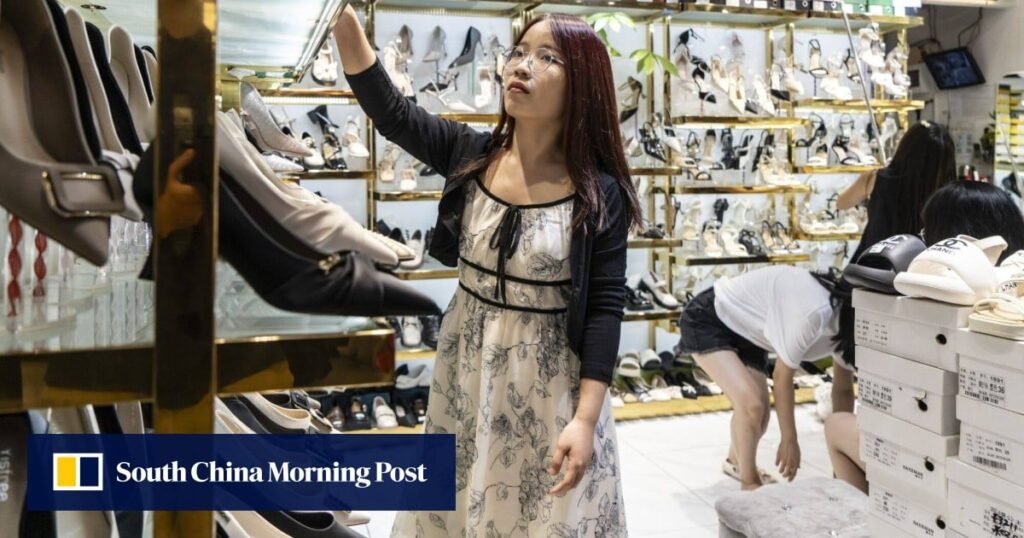Property investment experienced a year-on-year decline of 10.2 per cent in the first seven months of 2024, following a 10.1 per cent drop from January to June.
This is posing more challenges to [Beijing’s] annual growth target
The latest data “aligns with the weak credit data and the cautious trend of households and corporations to deleverage,” Gary Ng, senior economist at Natixis Corporate and Investment Bank. “The magnitude of the current policies has not been very effective. Boosting confidence and demand-side policies will lift growth in the next few months.”
China’s credit demand plunged in July, with new yuan loans falling to 260 billion yuan and missing expectations of 450 billion yuan in a Reuters poll.
Total social financing in July was 770 billion yuan, mainly driven by government bonds, which amounted to 690 billion, according to data from the People’s Bank of China and calculations by the Post.
In the first seven months, private investment registered no year-on-year growth, compared with 0.1 per cent growth seen in the first six months.
Meanwhile, infrastructure-investment growth contracted to 4.9 per cent during the period, from a 7.7 per cent growth registered in the first six months.
“The slowdown in infrastructure investment shows that fiscal-policy implementation has been slow,” Ding added. “Given the current rate of treasury bond issuance, Beijing will struggle to meet its full-year budget targets unless it accelerates its efforts.”
Elsewhere, China’s industrial output rose last month by 5.1 per cent from a year earlier, compared with 5.3 per cent growth in June.
China’s overall unemployment rate, at 5.2 per cent, also rose for the first time since February amid cooling economic momentum and weak sentiment among business owners.
China is experiencing an unbalanced recovery with robust exports and weak domestic demand. Rising trade frictions and a prolonged suppression of market sentiment among investors and residents have fuelled concerns about economic-growth momentum.
Some analysts attributed Beijing’s reluctance to roll out bigger stimulus measures to positive signs in service sectors, to its confidence that existing policies could take effect later this year, and also to the ebbs of external challenges.
London-based Capital Economics said economic momentum appears to have stabilised somewhat last month, and that “a modest recovery could take hold over the coming months” as the government ramps up policy support.
“A cyclical turning point could be near,” Julian Evans-Pritchard, its head of China research, wrote in a note.
Lynn Song, chief economist for Greater China at ING Bank, also expected at least one more rate cut from Beijing this year.
“It seems more likely that they wait at least another month for the [US Federal Reserve] to kick off its rate cuts before making a further move,” Song added.
Larry Hu, chief China economist at Macquarie Capital, said in a note on Tuesday that Chinese policymakers may want to save ammunition for 2025, as it is likely that external demand will be much weaker next year.
Meanwhile, he expected that policy support for domestic demand would increase, given the call from top leaders on “resolutely achieving the annual growth target”, but that the support would stay incremental and gradual.
Speaking at a press conference on Thursday, statistics bureau spokeswoman Liu Aihua also noted that existing consumption-boosting measures were yielding results.
“The problem of inadequate demand will be addressed gradually,” she said.

